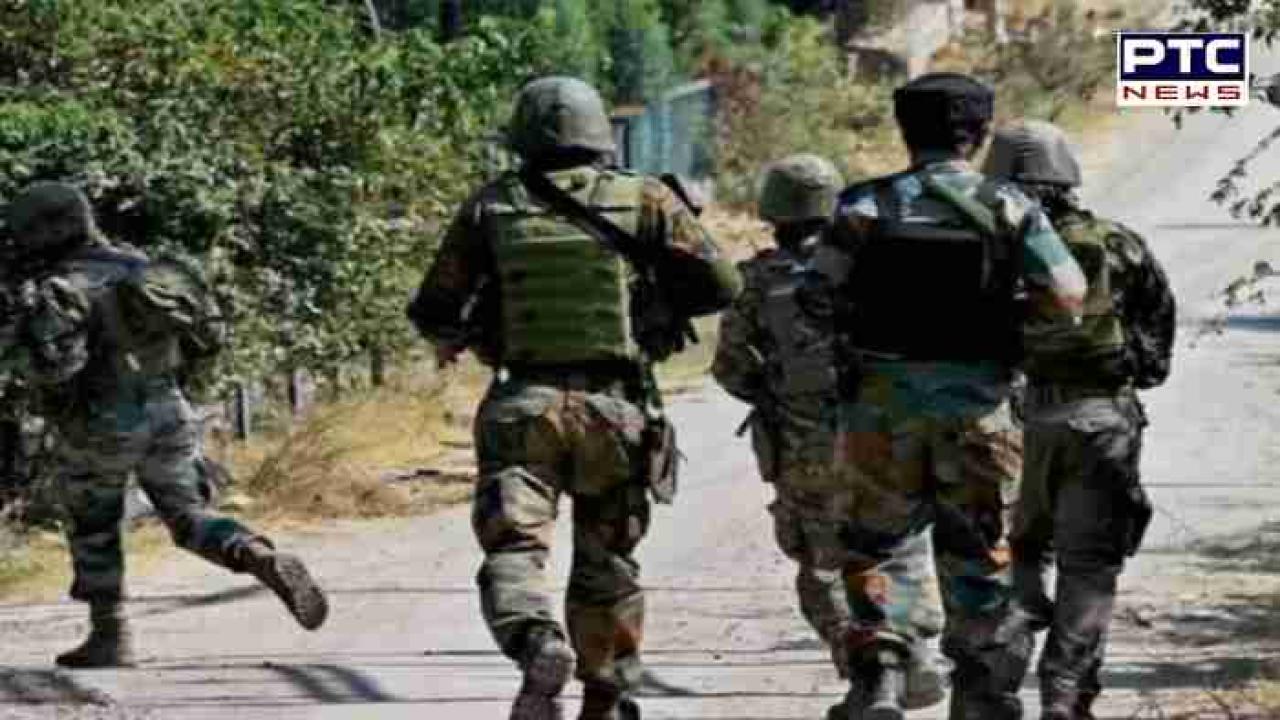

Pakistan on high alert after Pahalgam terror attack; ceasefire violations continue along LoC
PTC Web Desk: Tensions have reached a boiling point along the Line of Control (LoC) as Pakistan braces for a potential Indian military strike in the wake of the brutal terror attack in Pahalgam, Jammu and Kashmir, on April 22, which left 26 civilians dead and several injured. The assault, which occurred in the scenic Baisaran meadow—often referred to as 'mini Switzerland'—was claimed by The Resistance Front (TRF), a proxy outfit of the Lashkar-e-Taiba (LeT), widely believed to be backed by Pakistan.
In response to a possible Indian counteroffensive, Pakistan has initiated a series of precautionary military deployments and surveillance upgrades.
As per a report in India today, the Pakistani army has moved radar systems to forward positions in the Sialkot sector, likely to monitor and detect any incoming airstrikes from Indian forces. Furthermore, electronic warfare units have been redeployed closer to the border opposite the Ferozepur sector, aiming to intercept and track Indian military activities.
A key strategic move includes the recent establishment of a TPS-77 Multi-Role Radar (MRR) site at Chor Cantonment, merely 58 km from the international border. The TPS-77 is a globally recognised radar system used for air traffic monitoring and battlefield situational awareness.
Despite these defensive actions, Pakistan has not refrained from hostilities. For five consecutive days, its military has violated the ceasefire agreement along the LoC, targeting Kupwara, Baramulla, and Akhnoor sectors. In response, the Indian Army has issued strong and precise retaliatory fire.
On the diplomatic and strategic front, Indian Prime Minister Narendra Modi has taken a firm stance, promising to "identify, track, and punish" all individuals and organisations responsible for the attack, including their backers. This statement has further fueled speculation about an impending Indian military action.
Supporting this possibility, India recently conducted a large-scale military exercise named 'Aakraman' (meaning "attack"), involving frontline fighter jets such as the Rafale and some of its most elite pilots. The Indian Navy also displayed its combat readiness in concurrent operations, reinforcing India’s strategic posture.
Meanwhile, open-source flight tracking data from Flightradar24 has indicated unusual air traffic patterns, with several Pakistan Air Force (PAF) aircraft reportedly being moved from Karachi to air bases near Lahore and Rawalpindi—an indication of heightened military preparedness.
Acknowledging the growing threat, Pakistan’s Defence Minister Khawaja Muhammad Asif publicly admitted that an Indian strike seemed "imminent." He added that while Pakistan had bolstered its defenses, it would only consider the use of nuclear weapons if its national survival was at stake.
In another significant development, intelligence sources confirm that the Pakistani army has started vacating multiple terrorist launch pads across Pakistan-occupied Kashmir (PoK). Terrorist operatives are reportedly being relocated to army bunkers and shelters for protection against potential air or ground strikes.
- PTC NEWS
